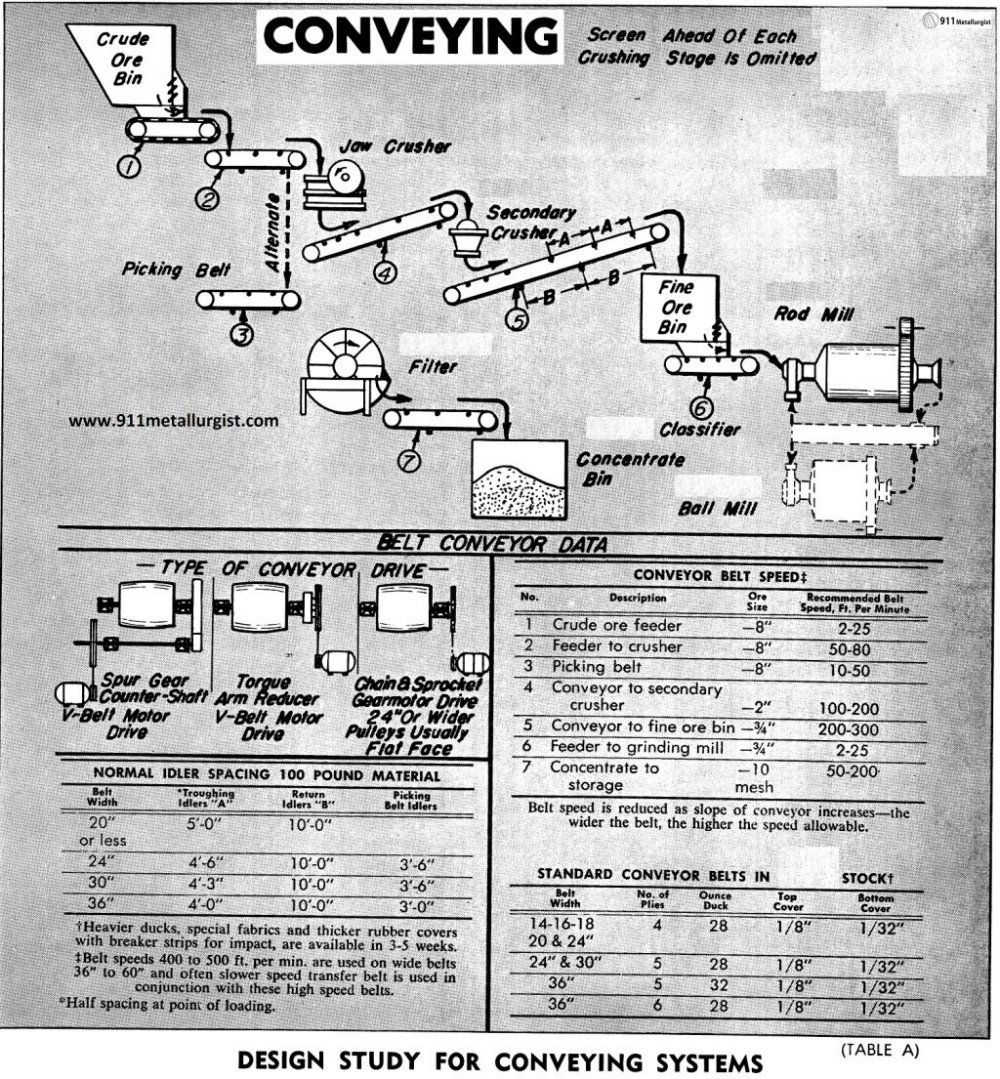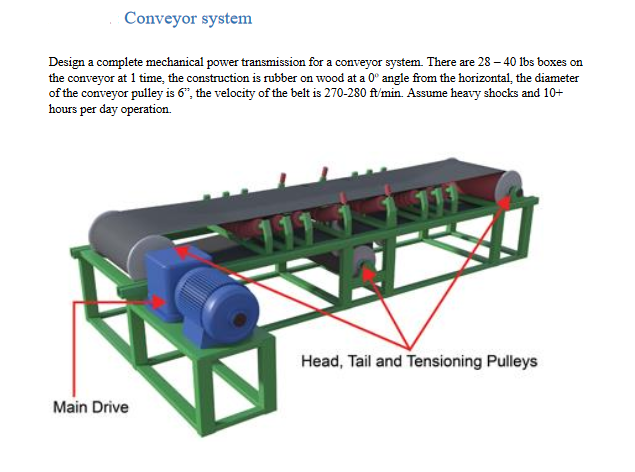Table Of Content

Thus, helping businesses save money while improving safety and efficiency on the production floor. These belts use interlocking slats to carry items from one end of the belt to another. They are ideal for moving heavy objects over long distances and can handle high-volume production lines.
Variable Speed Motors
A minimalistic and optimized conveyor belt for neutral atoms Scientific Reports - Nature.com
A minimalistic and optimized conveyor belt for neutral atoms Scientific Reports.
Posted: Fri, 20 Oct 2017 07:00:00 GMT [source]
This allows you to operate at different speeds and store products on the line. The downsides include higher energy costs and the need for occasional replacement of chains. A slat conveyor uses slats of wood, metal, or some other material that are mounted to roller chains to transport goods. They are a sturdy option that works well for moving heavy materials, but they are expensive and they use a lot of energy.
Which type of motors are used in conveyors?
These units use an electric track inclined to pull the chairs up or down the mountainside. We also need to consider hygiene requirements – for example how much cleaning is required and the type. This is important as it helps us design the conveyor – for example including catch trays, drop-down sides or easily removable belts. Space is one of the first things our engineers consider when approaching a new conveyor system project. Space is at a premium for most manufacturing facilities and understanding the existing factory layout and relationships between different equipment is essential for designing an effective system.
Trends in Conveyor Systems and Technology RoboticsTomorrow - Robotics Tomorrow
Trends in Conveyor Systems and Technology RoboticsTomorrow.
Posted: Thu, 14 Jun 2018 07:00:00 GMT [source]
The Benefits of Investing in a High-quality Conveyor Belt
And it’s their adaptability that gives them the ability to serve such a wide range of industries. This type of conveyor is perfect when an item needs to arrive at the end of the line in a specific orientation. As its name implies, this machine lifts and rotates products, then sets them back on the line. A gravity conveyor uses the earth’s gravity and the load’s weight to move products. They are generally used for loading and unloading of trucks, and for transportation through picking areas.
Functions of the Conveyor Belt
Lack of adequate access for operation and maintenance is a critical productivity and safety issue. Even in greenfield projects, conveyors are often placed in tunnels or galleries with access only to one side to keep capital costs low. This basic design mistake makes it less likely that a squeaky bearing on the inaccessible side will be replaced before it fails. The CEMA design manual suggests minimum clearances around the different sections of the conveyor.
Turn to SEMCOR for Custom Conveyor Belt Fabrication

Investing in a high-quality conveyor belt is only the first step in ensuring your business operates efficiently. As such, it’s essential to take steps to maintain your conveyor belt over time to maximize its lifespan and keep it running smoothly. Regular conveyor belts are typically made from less durable materials such as PVC or nylon. They may also lack additional stabilizing features like metal fasteners on the edges, meaning they can be prone to warping or slipping during operation. A conveyor belt’s function is to move objects from Point A to Point B with minimal effort. The conveyor belt pace, direction, curvature and size varies based on the needs of the user.
Maintenance requirements
Vibratory conveyors can heat, cool, coat, or dry materials as they are transported between steps of the process. Vibratory spiral conveyors are capable of the same functions while elevating or lowering materials. Because of the combination of transferring and treating materials, vibratory conveyor systems can be great space savers. Vibratory conveyors have adjustable speeds and are ideal for difficult to move materials.

Let’s take a look at how conveyor belts work and why they’ve stood the test of time. The choice of conveyor belt has a significant impact on the system’s performance, maintenance requirements, and overall cost-effectiveness. One of the most crucial components of a conveyor system is the belt tension adjustment mechanism.
No matter how you choose to design your conveyor, keeping the above tips and principles in mind can help ensure you have the most efficient system for your product or material. A conveyor system can be used to move materials from point ‘A’ to point ‘B’, but did you know it can also be used for sorting, cooling, and screening materials? Perfect for recycling, bulk processing, and metal casting, a quality conveyor can move your business along the right path. Zuken offers innovative tools like its E3.series software to enable the development of modern conveyor system design. IoT enables real-time monitoring and control through a proliferation of sensors, wireless connectivity, and the use of a centralized control dashboard.
A conveyor belt system is a mechanical device that transports materials or products from one location to another within a facility or across distances. It consists of a continuous belt made from various materials, including rubber, fabric, or metal, which is stretched over a series of pulleys. They are an integral part of modern industrial operations, logistics, and supply chains. Conveyor belt systems are integral components of numerous industrial processes, providing a reliable and efficient means of transporting goods and materials across various stages of production and distribution.
Machine learning algorithms can identify patterns, predict maintenance needs, and dynamically adjust the conveyor system to maximize production output. These technologies enable manufacturers to achieve higher levels of efficiency, reliability, and cost-effectiveness. Advancements in material science have led to the development of lightweight yet high-strength materials for conveyor belts. These materials offer enhanced durability, reduced energy consumption, and increased load-carrying capacity. Lightweight conveyor belts minimize strain on the system, improve energy efficiency, and enable higher production output. By leveraging automation in conveyor belt design, manufacturers can achieve higher levels of productivity, efficiency, and safety in their operations.
This includes not only the initial cost of purchasing and installing the system but also the ongoing expenses of maintaining and repairing it. By factoring in these costs during the design process, it is possible to create a system that is both efficient and cost-effective in the long run. Whether you’re stuck in the planning phases of getting a newplant up and running or your current conveyor system configuration isunderperforming, we will find the solutions to your problems.

No comments:
Post a Comment